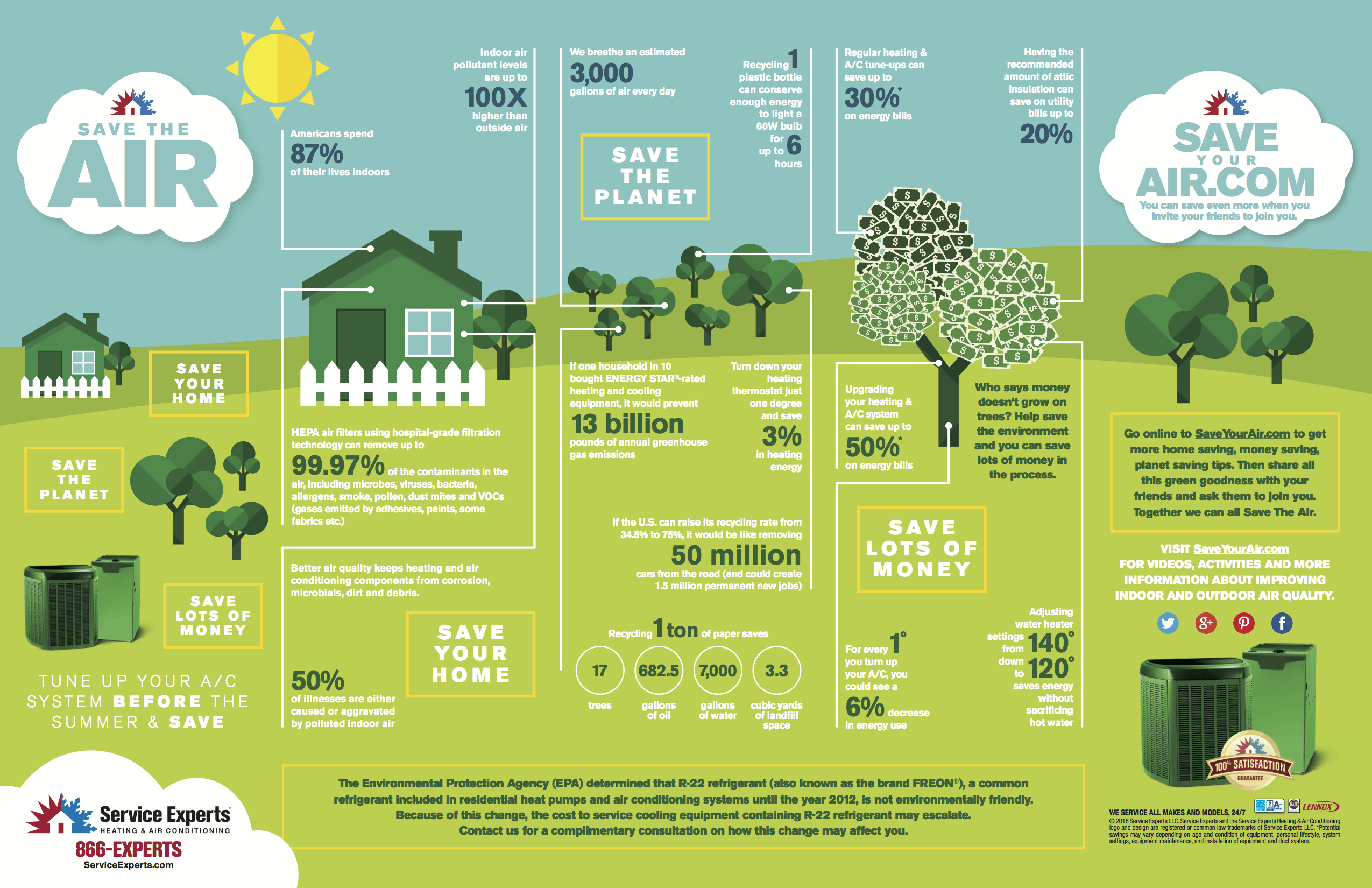The Ultimate Guide To Comprehending Heat Pumps - How Do They Work?
The Ultimate Guide To Comprehending Heat Pumps - How Do They Work?
Blog Article
Web Content Writer-Hoppe Bland
The most effective heat pumps can conserve you considerable amounts of cash on power costs. They can additionally help in reducing greenhouse gas emissions, especially if you make use of power in place of nonrenewable fuel sources like gas and home heating oil or electric-resistance heaters.
Heatpump work significantly the like a/c unit do. This makes them a viable alternative to conventional electrical home furnace.
Exactly how They Function
Heat pumps cool homes in the summer season and, with a little aid from electricity or gas, they offer some of your home's home heating in the winter. They're a good option for individuals that want to minimize their use nonrenewable fuel sources but aren't ready to replace their existing furnace and cooling system.
They depend on the physical truth that even in air that seems too cool, there's still energy existing: warm air is always relocating, and it wants to relocate into cooler, lower-pressure environments like your home.
A lot of power celebrity certified heatpump run at near to their heating or cooling capacity throughout the majority of the year, reducing on/off biking and saving energy. For the very best efficiency, focus on systems with a high SEER and HSPF ranking.
The Compressor
The heart of the heat pump is the compressor, which is also known as an air compressor. Web Site streaming device utilizes potential power from power creation to boost the pressure of a gas by decreasing its volume. ventilation service christchurch is various from a pump because it just services gases and can't work with liquids, as pumps do.
Atmospheric air enters the compressor via an inlet valve. ducted heat pumps chch vane-mounted arms with self-adjusting size that split the interior of the compressor, creating multiple cavities of varying size. The rotor's spin forces these tooth cavities to move in and out of stage with each other, pressing the air.
The compressor pulls in the low-temperature, high-pressure cooling agent vapor from the evaporator and presses it right into the warm, pressurized state of a gas. This procedure is repeated as required to provide home heating or cooling as required. The compressor likewise consists of a desuperheater coil that recycles the waste warm and includes superheat to the cooling agent, transforming it from its liquid to vapor state.
The Evaporator
The evaporator in heatpump does the same point as it performs in fridges and a/c, transforming liquid refrigerant right into an aeriform vapor that removes heat from the space. Heat pump systems would not work without this important tool.
This part of the system lies inside your home or structure in an indoor air trainer, which can be either a ducted or ductless device. It contains an evaporator coil and the compressor that compresses the low-pressure vapor from the evaporator to high pressure gas.
Heatpump take in ambient warmth from the air, and then use electricity to move that heat to a home or company in home heating mode. That makes them a whole lot more power efficient than electric heaters or heating systems, and because they're making use of clean electricity from the grid (and not melting gas), they likewise produce much less exhausts. That's why heatpump are such wonderful environmental choices. (And also a massive reason why they're ending up being so preferred.).
The Thermostat.
visit website are great choices for homes in cool climates, and you can utilize them in combination with traditional duct-based systems or even go ductless. They're a wonderful alternate to fossil fuel heating unit or traditional electrical heaters, and they're much more lasting than oil, gas or nuclear cooling and heating tools.
Your thermostat is one of the most vital component of your heatpump system, and it functions very in a different way than a conventional thermostat. All mechanical thermostats (all non-electronic ones) job by utilizing substances that change size with raising temperature level, like curled bimetallic strips or the expanding wax in a car radiator shutoff.
These strips include two different types of metal, and they're bolted together to form a bridge that finishes an electric circuit connected to your cooling and heating system. As the strip gets warmer, one side of the bridge increases faster than the various other, which causes it to flex and signal that the heating system is required. When the heat pump remains in heating mode, the turning around shutoff reverses the circulation of refrigerant, so that the outdoors coil now works as an evaporator and the interior cylinder comes to be a condenser.